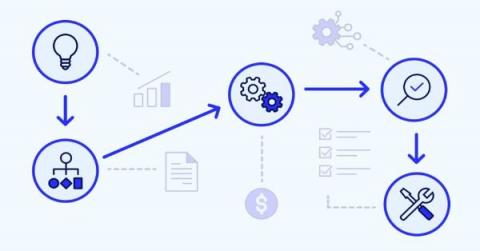Business Process Improvement: How to Get Started
Business process management solutions often tout their analysis and optimization capabilities, but few provide the full set of tools needed to build a process, measure its performance, and identify and implement improvements. And when you’re looking for information on how to optimize a process, it’s easy to quickly get lost in the information-overload about the best methodologies and tools. That’s likely because the answer to process improvement isn’t straightforward.











